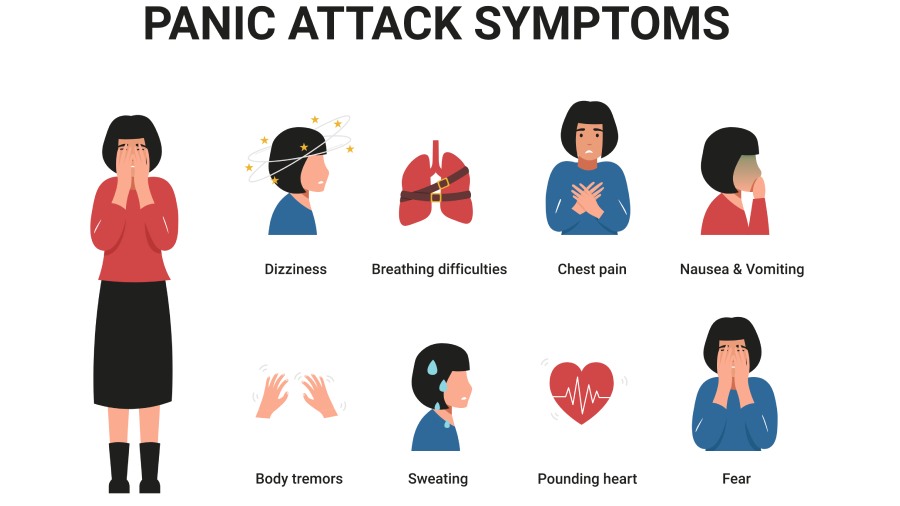Panic attacks can be a distressing and debilitating experience for those who suffer from them. They can occur unexpectedly and without warning, leaving the individual feeling overwhelmed and out of control. However, understanding what triggers panic attacks can help to reduce their frequency and severity. In this article, we will explore the common triggers of panic attack (napadaj panike) and provide some tips on how to reduce the likelihood of experiencing them.
1. Stress
Stress is one of the most common triggers of panic attacks. It can be caused by a variety of factors such as work, relationships, financial concerns, and health issues. Stress reactions occur when the body’s fight or flight response is activated, causing a surge of adrenaline, rapid breathing, and an increased heart rate. To reduce stress, engage in relaxing activities such as meditation, yoga, or deep breathing exercises. It’s also important to learn to say no and set boundaries to reduce overwhelming commitments.
2. Trauma
Trauma can also be a trigger for panic attacks. Experiencing a traumatic event such as abuse, a car accident, or a natural disaster can cause intense feelings of fear and anxiety, leading to the development of panic attacks. Seeking therapy can help to work through the trauma and reduce panic attack frequency.
3. Phobias
Phobias are another common trigger of panic attacks. Individuals with specific phobias such as claustrophobia or agoraphobia may experience panic attacks when faced with situations that trigger their fears. Exposure therapy can be an effective treatment for phobias and panic attacks.
4. Substance Abuse
Substance abuse can also trigger panic attacks. Stimulants such as caffeine and drugs such as cocaine can cause the body to produce adrenaline, leading to panic attack symptoms. It’s important to avoid substance abuse and seek help if needed.
5. Health Concerns
Health concerns such as chronic pain, heart disease, or respiratory issues can also be a trigger for panic attacks. The fear of experiencing pain or difficulty breathing can lead to feelings of panic and anxiety. Seeking proper medical treatment and working with healthcare providers to manage symptoms can help to reduce the frequency of panic attacks.
Conclusion:
Panic attacks can be a frightening experience, but understanding the triggers can help to reduce their frequency and severity. It’s important to manage stress, seek therapy for trauma, address phobias through exposure therapy, avoid substance abuse, and seek proper medical treatment for health concerns. With a combination of these strategies, individuals can reduce the likelihood of experiencing panic attacks and regain control over their lives.



